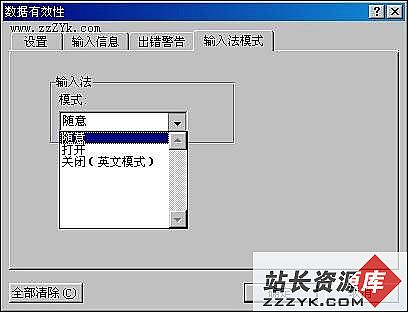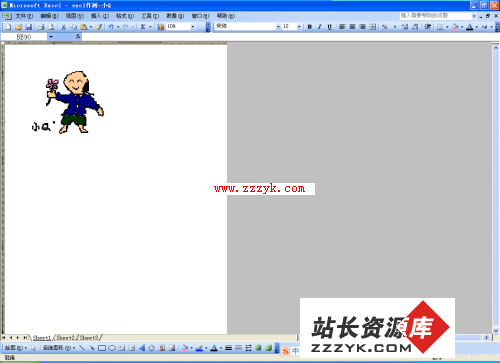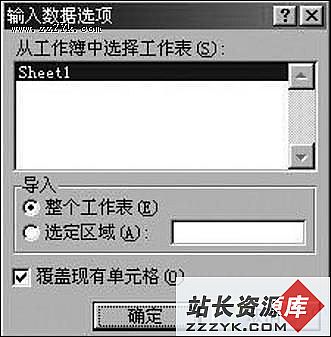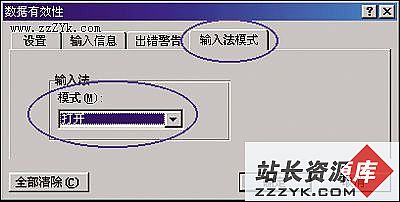C#/.NET 4.0新特性生成Excel文档
直接上代码:
using MSExcel = Microsoft.Office.Interop.Excel;
public class ExcelHelper
{
/// <summary>
/// Creates the excel file by column.
/// </summary>
/// <param name="filename">The filename.</param>
/// <param name="columns">The columns.</param>
public static void CreateExcelFileByColumn (string filename, IEnumerable<ColumnData> columns)
{
createExcelFile (filename, excelApp =>
{
//Write data into the workbook by column.
int columnIndex = 1;
foreach (var column in columns)
{
//Write the header.
excelApp.Cells[1, columnIndex].Value = column.Header;
//Write the following lines in this column.
int rowIndex = 2;
foreach (var cell in column.Data)
{
excelApp.Cells[rowIndex++, columnIndex].Value = cell;
}
columnIndex++;
}
});
}
/// <summary>
/// Creates the excel file by row.
/// </summary>
/// <param name="filename">The filename.</param>
/// <param name="rows">The rows.</param>
public static void CreateExcelFileByRow (string filename, IEnumerable<IEnumerable> rows)
{
createExcelFile (filename, excelApp =>
{
//Write data into the workbook by row.
int rowIndex = 1;
foreach (var row in rows)
{
int columnIndex = 1;
foreach (var cell in row)
{
excelApp.Cells[rowIndex, columnIndex++].Value = cell;
}
rowIndex++;
}
});
}
/// <summary>
/// Creates the excel file and perform the specified action.
/// </summary>
/// <param name="filename">The filename.</param>
/// <param name="action">The action.</param>
private static void createExcelFile (string filename, Action<MSExcel.Application> action)
{
//Create the excel application and set it to run in background.
var excelApp = new MSExcel.Application ();
excelApp.Visible = false;
//Add a new workbook.
excelApp.Workbooks.Add ();
//Perform the action.
action (excelApp);
//Save the workbook then close the file.
excelApp.ActiveWorkbook.SaveAs (Filename: filename,
FileFormat: MSExcel.XlFileFormat.xlWorkbookNormal);
excelApp.ActiveWorkbook.Close ();
//Exit the excel application.
excelApp.Quit ();
}
}
这个类提供了两个方法:按列数据创建excel文件和按行数据创建excel文件。
注意此时excelApp.Cells[row,column]的返回值已经是.NET 4.0中引入的dynamic类型,
而不再是原来的object类型,所以可以直接在上面调用.Value()方法,由DLR动态解析;
而在以前,必须首先强转其返回值为Range,写成:
((MSExcel.Range)excelApp.Cells[row, column]).Value2 = value;
此外,由于C# 4.0中命名参数和可选参数的引入,也使得对COM对象的方法调用变得相当
简洁,仅看最后的SaveAs方法,以前必须传递一堆Type.Missing对象以表示不传递此参
数或使用默认值,如:
excelApp.ActiveWorkbook.SaveAs (filename,
MSExcel.XlFileFormat.xlWorkbookNormal,
Type.Missing, Type.Missing, Type.Missing,
Type.Missing, MSExcel.XlSaveAsAccessMode.xlNoChange,
Type.Missing, Type.Missing, Type.Missing,
Type.Missing, Type.Missing);
非常头痛,现在只需用命名参数指定要给出的参数,其他的由于是可选参数,都会自动
给默认值:
excelApp.ActiveWorkbook.SaveAs (Filename: filename,
FileFormat: MSExcel.XlFileFormat.xlWorkbookNormal);
意思非常清晰。
最后补上那个简单类ColumnData的定义:
/// <summary>
/// Represents the header and data of a column.
/// </summary>
public class ColumnData
{
/// <summary>
/// Gets or sets the header.
/// </summary>
/// <value>The header.</value>
public string Header { get; set; }
/// <summary>
/// Gets or sets the data.
/// </summary>
/// <value>The data.
补充:软件开发 , C# ,




